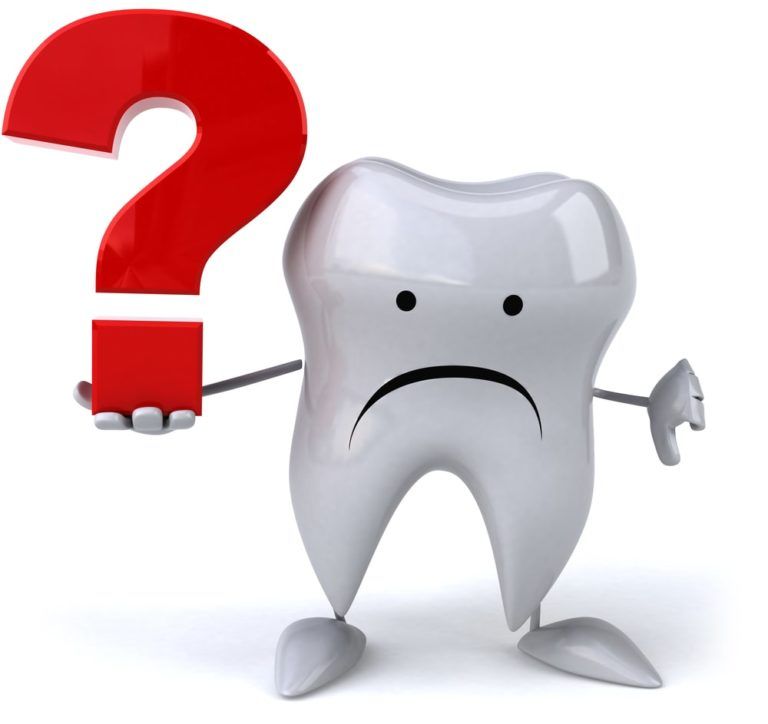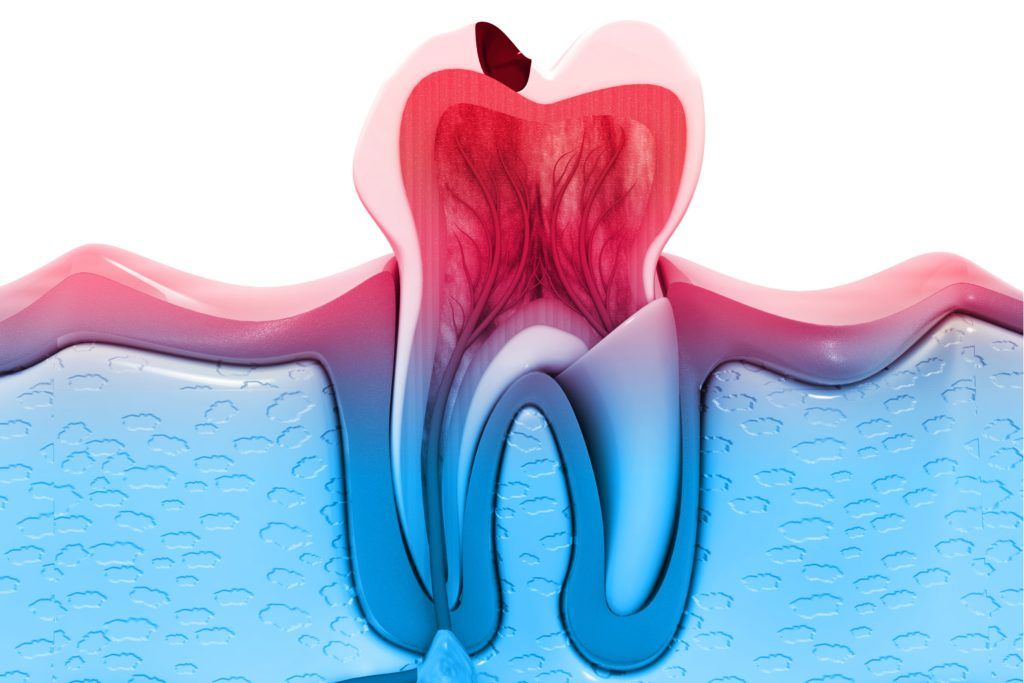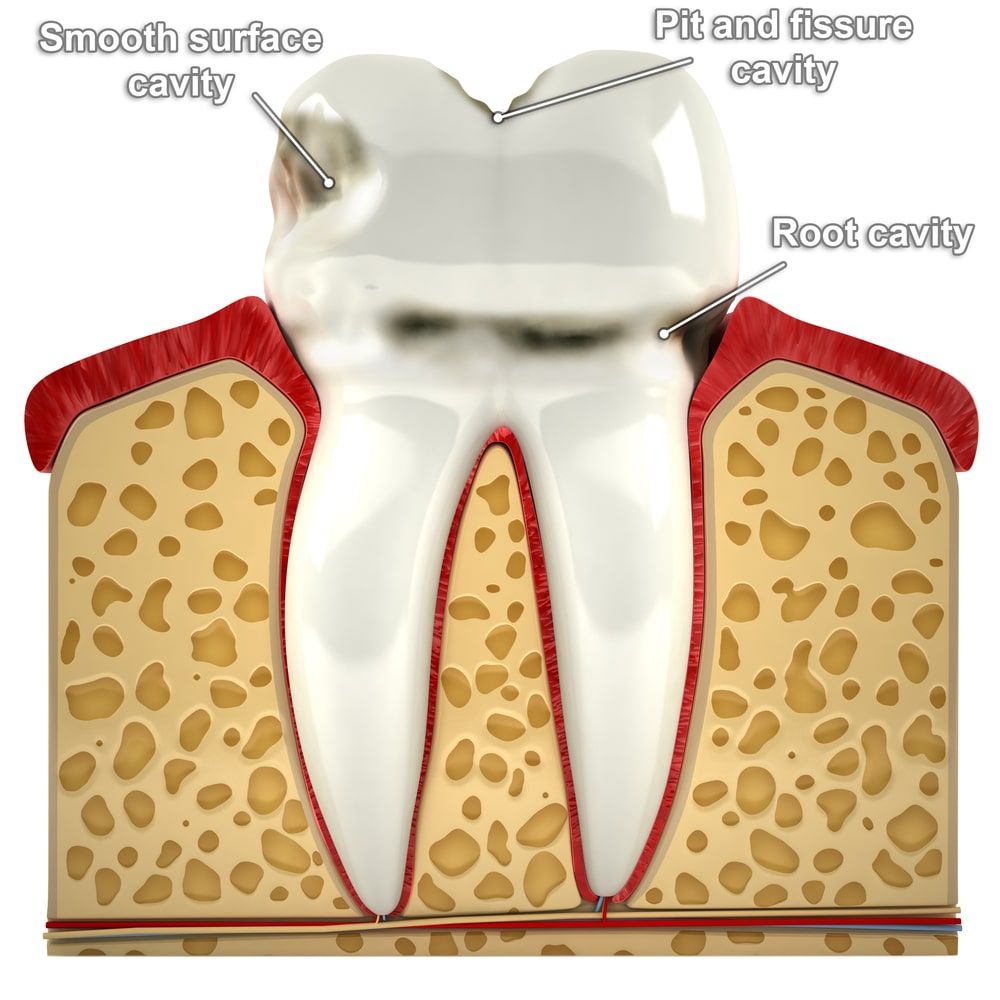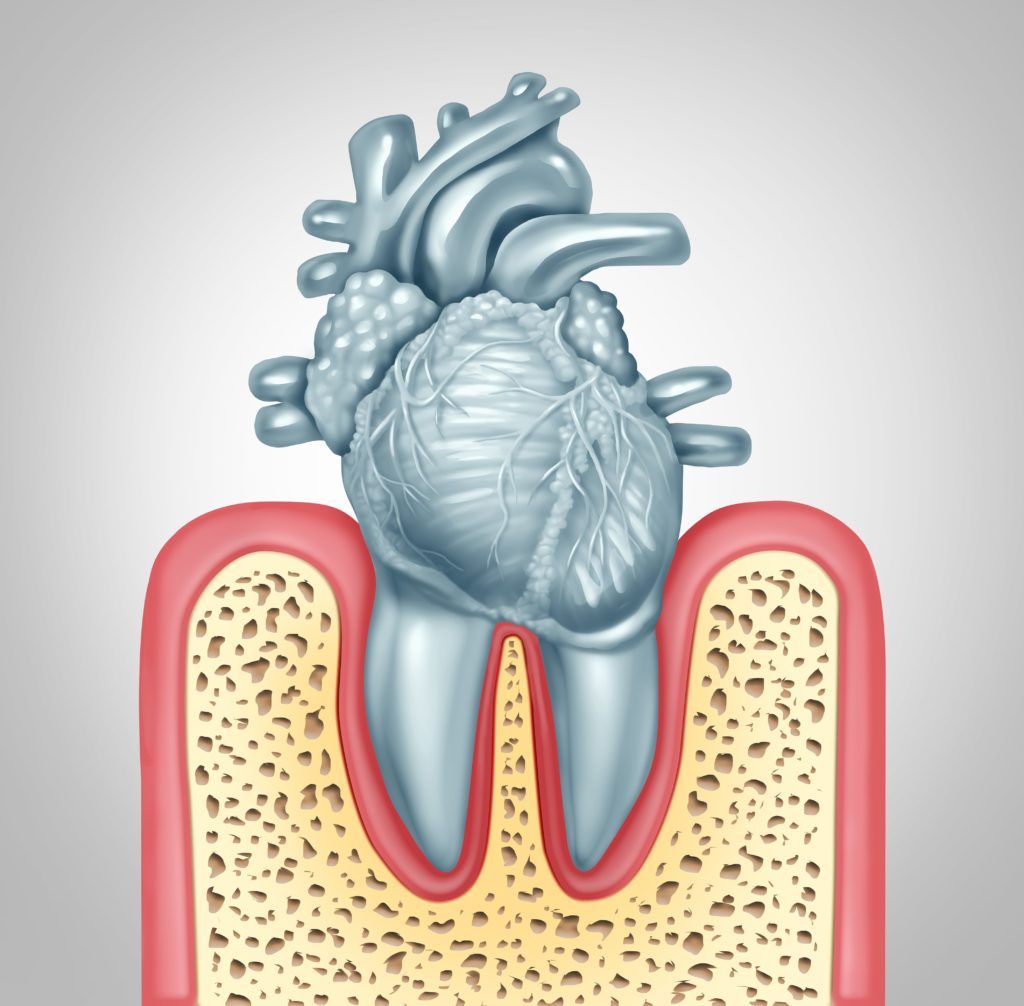Understanding Cavities and How They Affect Your Oral Health

As of 2014, the Centers for Disease Control and Prevention found that 31.6% of American adults from the ages of 20-44 and 18.6% of American children ages 5-19 had untreated dental cavities. Out of the various dental issues that can occur, dental cavities are one of the most common dental ailments.
In fact, most people will develop a dental cavity at some point in their lifetime, despite good oral hygiene habits. Luckily, most dental cavities are not cause for great alarm and can be easily treated with modern dental practices. However if left untreated, dental cavities can have a serious impact on your oral and overall health.
To understand how cavities impact your oral and overall health, we must first take a look at what cavities are and how they are caused. The word “cavity” comes from the Latin word “cavus” meaning “hollow or concave”. The modern definition of “cavity” from Merriam-Webster is “an unfilled space within a mass, especially a hollowed-out space”. With these definitions, we can accurately conclude that a dental cavity, sometimes also known as a dental carie, is a hollowed out area of your tooth.

So, how exactly do your teeth just suddenly develop these gaping holes and hollowed out areas? First things first, cavities are often not as sudden as you think. Rather, they usually begin developing slowly and without warning at first. This is why regular dental checkups are so important. While you may have no idea that a dental cavity has begun, your dentist can see the early signs and halt the progression before the damage is too great.
Cavities grow much like a plant would. Just as a plant needs certain things like sunshine, nutrients, and water, cavities have their own requirements for growth. Namely, these are tooth enamel, bacteria, and sugars. Unfortunately, two of these three requirements are already part of your natural mouth. Tooth enamel is the external layer of your tooth and your mouth naturally contains different types of bacteria. All that remains is sugar. However, sugars are supplied to the mouth through the foods and beverages you consume.
Once all three requirements are present, cavity formation can occur. Generally, cavities begin when Streptococcus mutans and Streptococcus sobrinus bateria, as well as lactobacilli bacteria attach themselves to the tooth’s enamel and feed upon the sugars that enter the mouth during mealtimes. Then, just like any other living organism, they must eliminate waste products. These waste products are highly acidic and cause the tooth enamel to slowly dissolve.
Now there is one more key thing that must occur to result in a cavity. The bacteria has to remain in the same general location and not be “brushed away”. This leads to acidic waste product being consistently deposited in a certain area. As more of the tooth enamel dissolves, a cavity will then begin to form. Depending on the location, this can be easier than you think.
There are three different types of cavities that can occur and they are distinguished by their location on the tooth. One of the most common types of cavities are pit and fissure cavities. These cavities occur in the grooves of the molars where it is hard to remove food debris and bacteria. If you look at how textured your rear molars are, it is easy to see how there may be places you miss while brushing.

Another type of somewhat common cavity are root cavities. These cavities are more common in older adults or those who have experienced gum recession. Root cavities form on the tooth roots easily and can advance quickly because there is less tooth enamel on the tooth roots since they are normally protected by the gums. However, when the gums recede, or pull away from the teeth, they expose this delicate part of the tooth to bacteria.
The final and least common type of cavity are smooth-surface cavities. Smooth-surface cavities form on the fronts, backs, or sides of teeth, aka: the smooth surfaces. Because it is tough for bacteria to adhere to smoother surfaces without being removed with regular brushing, this type of cavity is generally only seen in people who don’t have good oral hygiene.
Now that we have a better idea of what cavities are and how they form, let’s take a look at how they affect you oral and overall health. First and foremost, it’s pretty safe to say that cavities negatively affect your oral health. For starters, they are caused by excess bacteria and they can also allow bacteria to get inside of your tooth. Once bacteria is inside the tooth, it can cause pulp infections, root abscesses, and even tooth loss.
Additionally, the bacteria that causes cavities can also cause gum disease. Gingivitis and periodontitis are two forms of gum disease that can occur. Gingivitis is a mild form of gum disease that is generally characterized by inflammation in the gums. The tell-tale sign of gingivitis are gums that bleed when you brush or floss. If not treated, gingivitis can develop into periodontitis, which is a more serious form of gum disease. At this stage, the gums will start to recede and tooth loss can even occur.

Besides being detrimental to your oral health, cavities also pose a threat to your systemic, or overall health, as well. If you have untreated cavities, then you likely have excess bacteria in your mouth. Besides causing further tooth decay and gum disease, these bacteria can also travel to your digestive and/or respiratory tract. The presence of excess bacteria in your mouth can also cause an overall sense of inflammation in your body.
If excess bacteria from your mouth enter your body, it can cause medical conditions such as endocarditis, cardiovascular disease, and complications with pregnancy and delivery. Additionally, if you have certain medical conditions such as diabetes, HIV/AIDS, osteoporosis, or Alzheimer’s disease, poor oral health can further complicate these issues.
Overall, cavities are not something that you want to leave untreated. Although they may seem easy to ignore at first, they can progress and cause a variety of other problems. Additionally, the presence of cavities also signals that the bacteria levels in your mouth are too high, which can cause its own unique set of problems.
To reduce your risk of cavities and to maintain your oral and overall health, Southwest Family Dentistry recommends brushing twice a day with fluoridated toothpaste and flossing at least once a day. Additionally, we recommend regular dental checkups and professional teeth cleanings with our office at least once every six months. Together, we can help keep your teeth healthy and intact.
Want to minimize your risk of cavities? Schedule a consultation with Dr. John A. Batlle of Southwest Family Dentistry today! Southwest Family Dentistry serves residents of Lake City, FL, as well as residents of Columbia County.

